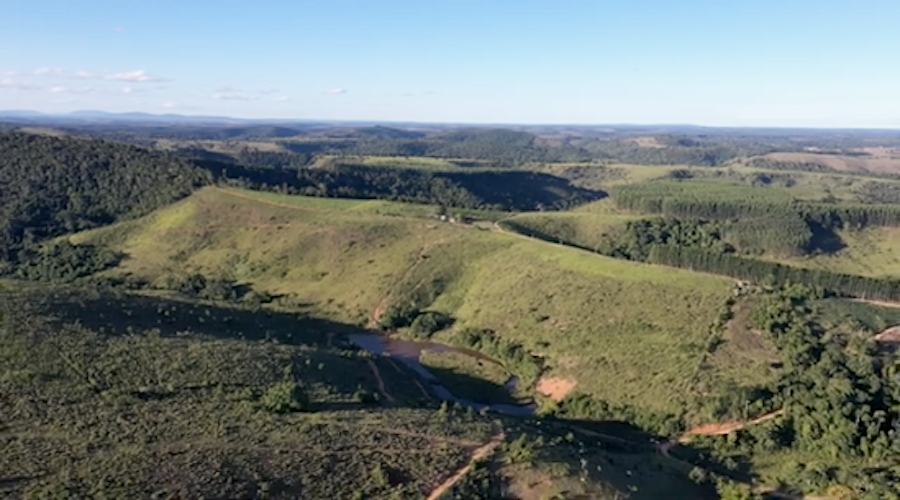
South Star Battery Metals (TSXV: STS) says its Santa Cruz graphite project in eastern Brazil is on track to complete construction and commissioning by December next year.
Most large machinery has been contracted and the initial offices are to be completed by early January at the site in Bahia state about 670 km south of its capital, Salvador, the company said in a news release this week.
Production is to begin in an $8 million first phase at a rate of 5,000 tonnes of concentrate per year followed by $27 million in upgrades to produce 25,000 tonnes a year, according to South Star. Phase one permits and licences are in place, it said.
The Vancouver-based company wants by early next year to submit plans to Brazil’s mining regulator for production to increase to 50,000 tonnes a year in a third phase, and file requests for environmental permits for phases two and three to municipal authorities, it said.
“Phase one commercial production is planned for December 2023,” chief executive Richard Pearce said in the release. “We are confident in delivering on our promise to be the first new graphite production in the Americas since 1996.”
South Star is developing what may be the region’s largest industrial plant in the country second to China in graphite production. It’s seeking to tap into the surging demand for materials to make electric vehicle batteries and other green technologies for fighting climate change. South Star also has an early-stage graphite development project at a past-producing mine dating from World War II about 100 km north of Montgomery, AL.
The company says it expects permits and licences for Santa Cruz’s phases two and three to be approved late next year around when phase one operations are to start.
The Santa Cruz project has an after-tax net present value of $81.2 million with a 5% discount rate for an annual after-tax internal rate of return of 35%. South Star calculated average operating costs for the 12-year life of the mine at $396 per tonne of concentrate and used a price of $1,287 per tonne of concentrate.
The project has proven and probable reserves of 12.3 million tonnes grading 2.4% graphitic carbon for 295,400 tonnes in-situ graphite.